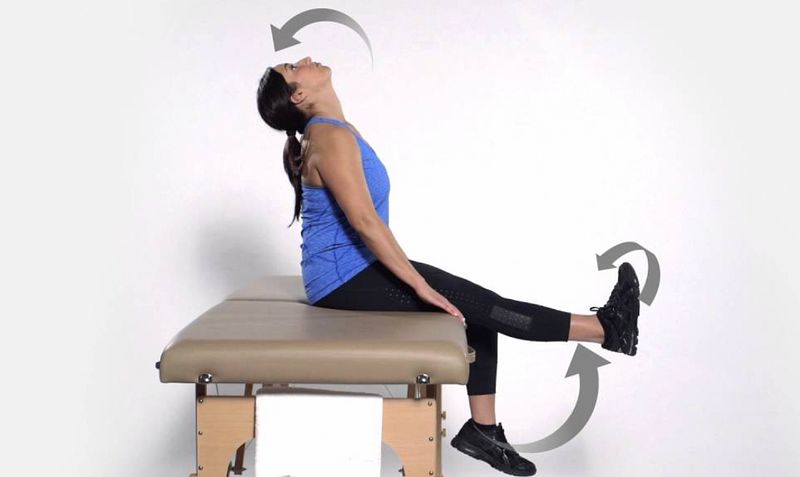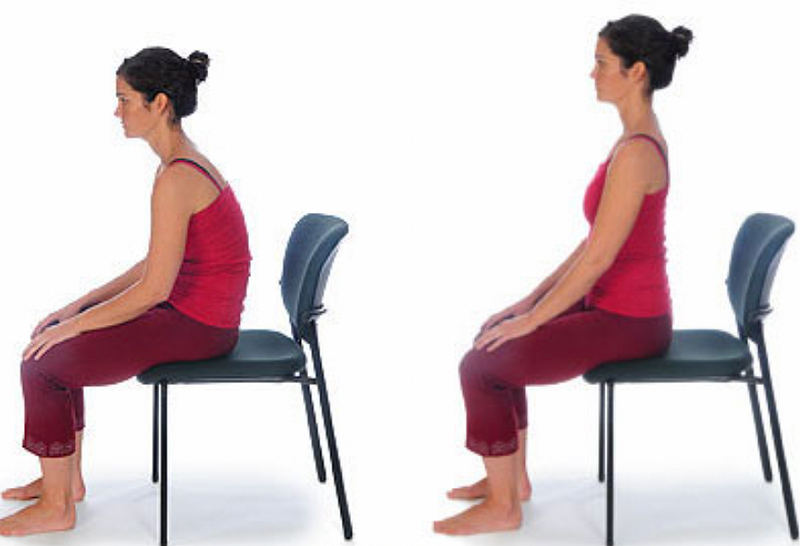How to Alleviate Sciatica Pain for Runners: Three Essential Tips
Written on
Understanding Sciatica and Its Impact on Runners
Many of us are not medical professionals, but we’ve likely come across the term sciatica. This condition involves discomfort along the sciatic nerve, which is the longest nerve in the human body. While this pain can stem from spinal issues such as herniated discs or bone growths, identifying the precise cause is often challenging. Interestingly, many individuals may show signs of spinal problems in imaging tests without experiencing any pain. Quite perplexing, isn’t it?
Rather than attempting to self-diagnose, I’m here to share three exercises that can significantly alleviate your discomfort and help you return to your routines more swiftly. Drawing from my experience at a back health center, where I've assisted various runners and athletes, I understand what it takes to overcome this hurdle and emerge even stronger. I also recognize the struggle of training through such pain. Thankfully, the exercises outlined below not only target those persistent pain signals but also enhance your core strength, promoting a more agile and relaxed body.
If you’re grappling with sciatica, you’re in the right place to find a path back to healthy, pain-free running.
Movement as Medicine: A Key to Relieving Back Pain
As always, I want to remind you that the following advice is just that—advice. While I can’t guarantee results for everyone, I believe many sciatica sufferers can find relief through the strategies and exercises I’m about to share. Please consult a trusted healthcare provider familiar with your medical history before beginning any new regimen. Good luck!
The essence of my message is to view movement as a form of medicine. Just like other tissues in our bodies, nerves require regular movement to remain healthy. If you find that sciatica is impacting your training or daily activities, consider incorporating these nerve-focused mobility exercises into your routine.
If you’re currently pain-free, aim to perform these exercises 3-4 times a week. However, if you experience daily discomfort, keep these exercises handy for when you need them most. I recommend doing them right before your running sessions to warm up and increase your chances of pain-free training.
- Bird Dog

Image from Physiotec
Application: 2 sets of 12–20 repetitions.
Cues: The Bird Dog is an excellent core workout that emphasizes stability. While extending one arm and the opposite leg, focus on maintaining a straight line from your fingertips to your toes. Slowly return to the starting position and alternate sides. Ideally, each repetition should take about 3 to 4 seconds. Remember, your core must remain engaged even as your limbs move in different directions. Stability is crucial here.
- Seated Nerve Slider

Image from NASSpine
Application: 10–15 repetitions per side.
Cues: Begin by sitting comfortably in a chair. Extend one leg while flexing your toes toward you and simultaneously lift your neck toward the ceiling. Then, lower both the leg and neck together before switching to the other side. Proceed slowly, paying close attention to any pain or discomfort. If the discomfort exceeds a 2-3 on a scale of 10, take a break and try again later.
- Seated Pelvic Tilts

Image from myhealth.alberta
Application: 2 sets of 10–15 repetitions.
Cues: Using the same chair as in the previous exercise, tilt your pelvis backward as much as possible. While this may appear to be poor posture, it’s only temporary. Then, tilt your pelvis forward comfortably while maintaining an upright posture. To visualize this, think of your pelvic area as a bucket of water. In the first movement, you want to "spill" water out the back, and in the second, out the front. This imagery can help maximize your range of motion.
In Conclusion: Embracing Movement for Pain Relief
No runner should have to endure the full extent of sciatica pain. By adopting a "movement is medicine" mindset, you can effectively reduce pain signals while strengthening your tissues. This approach can positively influence your training and various aspects of your life.
What are you waiting for? It’s time to get back to running without pain.